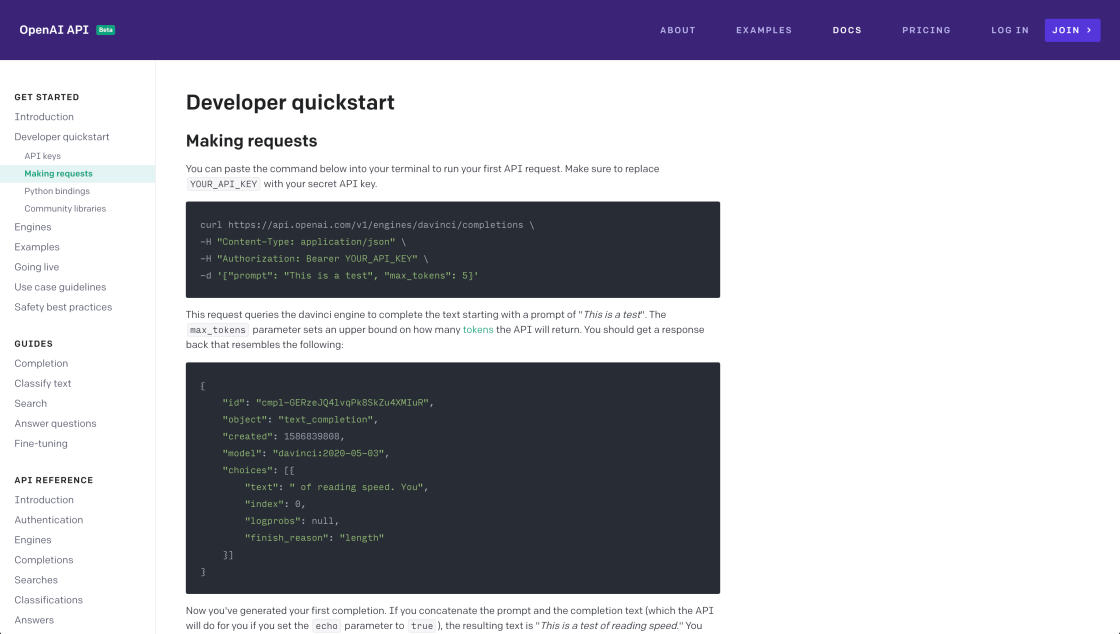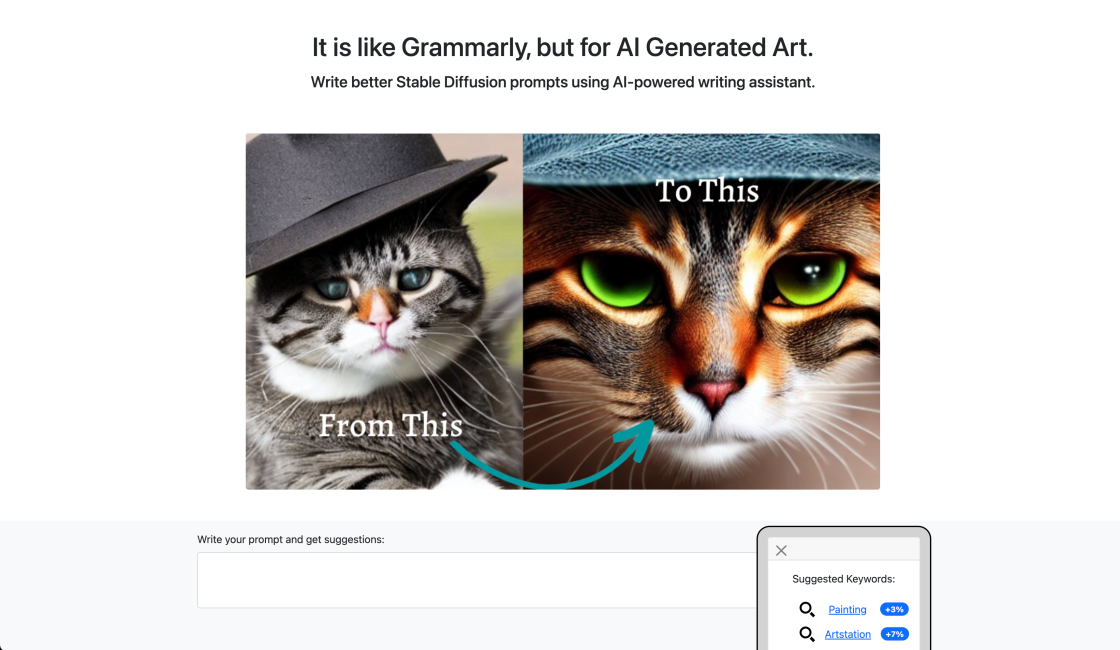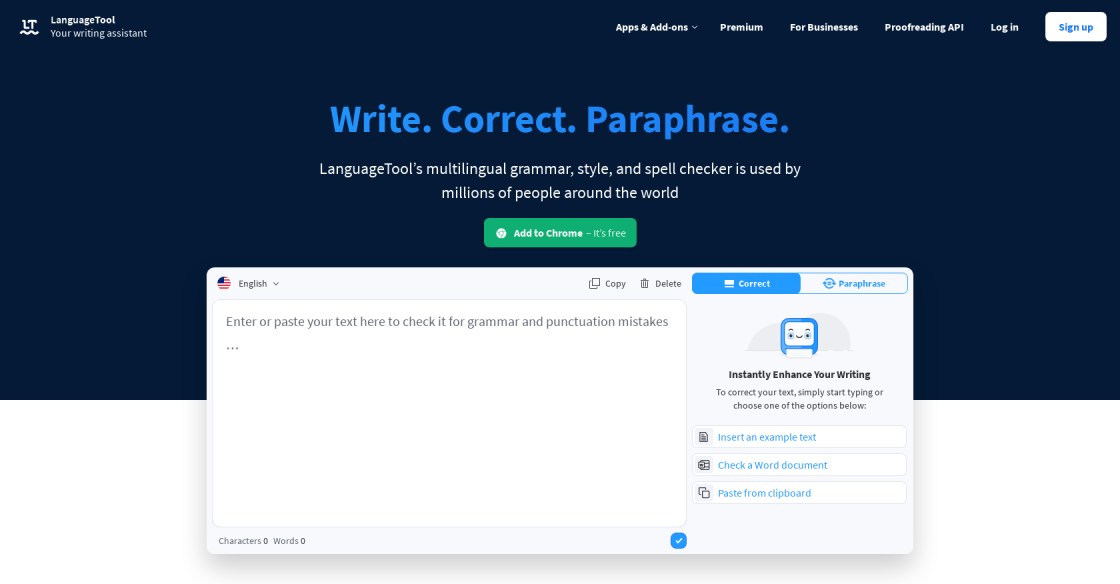

TensorFlow 2 is an open-source machine learning framework that has the potential to revolutionize the field of artificial intelligence. Developed by Google, TensorFlow 2 is a powerful and accessible platform for building and deploying machine learning models. With its user-friendly interface and extensive documentation, TensorFlow 2 is designed to make machine learning accessible to everyone, from seasoned data scientists to beginners just getting started with AI. Whether you're looking to build custom models, train deep neural networks, or create cutting-edge computer vision applications, TensorFlow 2 offers the tools and resources you need to succeed.
Apache SINGA is an open-source machine learning tool that enables developers to create and deploy deep learning algorithms with distributed training support. It is a powerful platform that aims to simplify the development of complex deep learning applications. Apache SINGA offers a range of features, including support for various neural network architectures, flexible programming interfaces, and efficient distributed training capabilities. This tool is ideal for developers who are looking to build sophisticated machine learning models and scale them up to handle large datasets.
Baidu PaddlePaddle is a powerful open-source deep-learning framework that has gained immense popularity in recent years. Developed by Baidu, one of the world's leading technology companies, PaddlePaddle has become a go-to platform for developing cutting-edge machine learning models. With its intuitive interface and comprehensive set of features, PaddlePaddle has made it easier than ever before to build, train and deploy deep learning models. In this article, we'll take a closer look at what makes PaddlePaddle such a popular choice among developers and explore some of its key features and benefits.
DeepBrain Chain AI is an innovative platform that leverages blockchain technology to facilitate secure data exchange for decentralized artificial intelligence computing. This cutting-edge solution enables users to access advanced AI capabilities without compromising data privacy and security. With DeepBrain Chain AI, the potential for collaborative research and development in AI is limitless, as it provides a secure and efficient way to share and access data. This revolutionary approach to AI computing is set to transform the industry by providing a decentralized, cost-effective, and safer way to leverage the power of AI.
The Intel Nervana AI Engine is a cutting-edge technology that offers an accelerated platform for deep learning, inference, and analytics. This AI engine is designed to optimize the performance of machine learning models, making them faster and more efficient. With its powerful capabilities, the Intel Nervana AI Engine has become a game-changer in the field of artificial intelligence, allowing businesses and organizations to leverage the power of AI in new and innovative ways. This article will explore the features and benefits of the Intel Nervana AI Engine, and how it can help transform the way we work and live.
DoNotPay is a revolutionary new tool that uses advanced technology to provide autonomous contract negotiation. It combines the power of GPT-3, the world's most advanced artificial intelligence system, and ChatGPT, a natural language processing algorithm, to quickly and accurately negotiate contracts on behalf of its users. DoNotPay makes it easier than ever for individuals and businesses to get the best deal without the need for a lawyer or other specialist.

Magic Write By Canva
The AI Powered Writing Tool

GPT-3 API
An API for accessing new AI models developed by OpenAI.

Write Stable Diffusion Prompts
How to Write an Awesome Stable Diffusion Prompt

LanguageTool
LanguageTool - Online Grammar, Style & Spell Checker

GPT-3 Alzheimer
Predicting dementia from spontaneous speech using large language models | PLOS Digital Health

PhotoRoom
PhotoRoom - Remove Background and Create Product Pictures

Topaz Video AI
Unlimited access to the world’s leading production-grade neural networks for video upscaling, deinterlacing, motion interpolation, and shake stabilization - all optimized for your local workstation.

Palette.fm
AI Generated Music for Your Projects
DL4J, short for Deep Learning for Java, is a powerful open-source deep learning library designed for deployment in production environments. It is built to run on the Java Virtual Machine (JVM), which makes it an excellent option for Java developers who want to leverage the latest advancements in deep learning without switching to a different language. DL4J provides a wide range of tools and features that allow developers to build and train deep neural networks easily and efficiently. With its intuitive API, developers can create complex models with minimal effort, and the library's scalability enables it to handle large-scale data sets with ease. Moreover, DL4J offers support for popular deep learning architectures, such as convolutional neural networks (CNNs) and recurrent neural networks (RNNs), among others. This makes DL4J a versatile and reliable choice for any organization looking to incorporate deep learning into their Java-based applications. In this article, we will explore the features and capabilities of DL4J in detail and discuss how it can be used to develop robust and scalable deep learning solutions.
DL4J is an open-source deep learning library that is designed for use in production on the Java Virtual Machine.
Deep learning is a subset of machine learning that involves training artificial neural networks to recognize patterns in large datasets.
DL4J is designed for use with the Java programming language and runs on the Java Virtual Machine.
Yes, DL4J is designed specifically for production use and is optimized for scalability, reliability, and ease of deployment.
DL4J can be used to build a wide range of applications, including image recognition, natural language processing, and predictive analytics.
Yes, DL4J is an open-source library that is free to use under the Apache 2.0 license.
DL4J has a large community of developers and users who provide support through online forums, chat rooms, and other resources.
Yes, DL4J is designed to work seamlessly with other Java-based technologies, including Hadoop, Spark, and Akka.
DL4J is unique in its focus on production use and its integration with the Java ecosystem. It also offers advanced features such as distributed computing and GPU acceleration.
The DL4J website offers extensive documentation, tutorials, and examples to help users get started with the library.
| Competitor | Description | Language | Production Support | GPU Support | Community Support |
|---|---|---|---|---|---|
| TensorFlow | An open source software library for dataflow and differentiable programming across a range of tasks | Python | Yes | Yes | Large and active |
| Keras | A high-level neural networks API, written in Python and capable of running on top of TensorFlow, CNTK, or Theano | Python | Yes | Yes | Large and active |
| PyTorch | An open source machine learning library based on the Torch library, used for applications such as computer vision and natural language processing | Python | Yes | Yes | Active |
| Caffe | A deep learning framework made with expression, speed, and modularity in mind | C++ | Yes | Yes | Active |
| MXNet | A deep learning framework designed for both efficiency and flexibility | Multiple | Yes | Yes | Active |
| Theano | A numerical computation library for Python that allows you to define, optimize, and evaluate mathematical expressions involving multi-dimensional arrays efficiently | Python | No | Yes | Small and active |
DL4J is a remarkable open source deep learning library that has been specifically designed for the Java Virtual Machine. This library is intended for use in production and helps developers to build powerful deep learning models with the help of Java.
DL4J has become increasingly popular among Java developers because it offers a robust, scalable, and efficient solution for building deep learning models. It has a wide range of features that make it an ideal choice for professionals who want to harness the power of deep learning in their applications.
One of the key benefits of DL4J is its ease of use. It provides an intuitive interface that enables developers to quickly build and train deep learning models without having to worry about the underlying complexities. Additionally, DL4J supports a variety of neural network architectures, including convolutional neural networks, recurrent neural networks, and deep belief networks.
Another important feature of DL4J is its scalability. It can be easily deployed on a range of platforms, from laptops to powerful clusters, making it an ideal choice for applications that require high-performance computing. DL4J also supports distributed training, allowing developers to train models across multiple machines or even across a network of machines.
DL4J is also highly customizable, allowing developers to fine-tune their models to meet their specific requirements. It provides a range of optimization techniques, including stochastic gradient descent and backpropagation, that can be used to improve the accuracy and speed of deep learning models.
In conclusion, DL4J is an excellent open source deep learning library that offers a range of features and benefits for Java developers. With its ease of use, scalability, and customizability, DL4J is an ideal choice for anyone looking to build powerful deep learning models in Java.
TOP